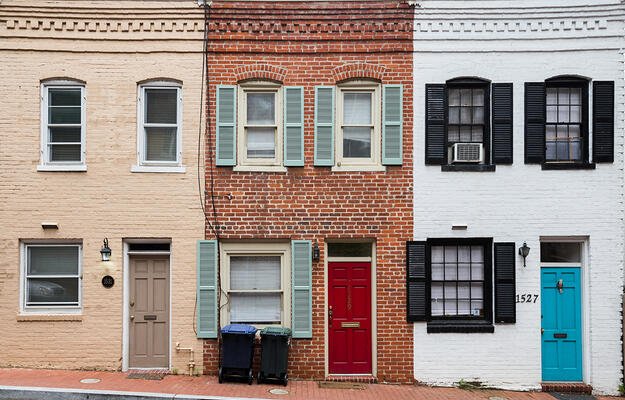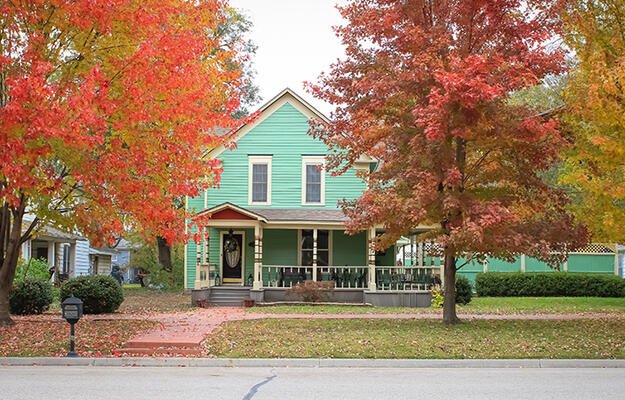
The Many Meanings of “Aging in Place”
- Title:
-
What Is Aging in Place? Confusions and Contradictions
- Author:
-
Ann Forsyth and Jennifer Molinsky
- Source:
- Publication Date:
-
2020
It’s unclear where baby boomers, America’s largest generation, will choose to live as they age. Will they want to stay in their homes or move to assisted living facilities? Will they want to stay in the communities where they raised families or seek different types of communities and climates? Because of this age group’s size, their housing choices will have major implications for local housing markets. Already, policymakers, housing advocates, and researchers are trying to understand the diversity of their housing choices.
To shed light on this diversity, a pair of researchers set out to document the various ways the phrase “aging in place” is used in the research, policy, and advocacy literature and the policy solutions different uses might suggest. The authors inventoried literature by searching for articles with the phrase “aging in place” (and its various spellings and hyphenations) on Google, Google Scholar, and Web of Science. Then, they sorted the definitions by difference of use, context, and underlying assumptions and motivations.
Key findings
The researchers identified seven distinct definitions for “aging in place”:
- Three definitions—“never move,” “stay put as long as possible,” and “stay in the same vicinity”—put the emphasis on place and where a person wants to live.
- Two definitions—“stay out of nursing homes” and “not move between aged care facilities”—focus on the services and care people need.
- Two definitions—“have choices” and “live out a multifaceted policy ideal”—emphasize individual choice and autonomy.
The researchers also distinguish between “aging in place” and “being stuck in place,” which can result from the following:
- People lack the financial means to move, even when they may want to.
- People lack access to appropriate or desired housing options—in terms of cost, social supports, accessible medical care, preferred location near family and friends, or physical accessibility. This is especially likely to be true for low-income homeowners and renters, public housing residents, and those with poor health.
Policy recommendations
The researchers argue that these differing definitions have policy implications:
- If aging in place means “never moving,” policies might assist older adults with adaptive home modifications and services in their existing homes, rather than building new housing types.
- If the goal is to enable people to “stay put as long as possible,” policymakers might not need to focus as closely on substantial adaptive modifications but, rather, help people with moving when they need more care.
- If aging in place means “staying in the same vicinity,” public policies might focus on ensuring appropriate housing options are available to nearby aging populations.
- If the goal is to enable people to “stay out of nursing homes,” policies might aim to ensure care options are available outside of facilities and aspire to make nursing homes more desirable places to live.
- If the goal is to “not move between aged care facilities,” communities might investigate whether nursing homes and other care facilities can provide flexible support to help older adults at various stages of care needs.
- If the fundamental goal is to ensure older adults “have choices,” policies should encourage a wide range of housing options so people can choose where they want to live at various stages of aging and take a more comprehensive approach that extends beyond the home to create a more caring overall environment.
Because policy implications can vary widely depending on how “aging in place” is defined, the authors suggest the phrase’s underlying goals be made more explicit in public discourse.
Photo by Cat Box/Shutterstock


